Home>Ideas and Tips>Smart Window Shade Fabric Selection: Light Filtering Options
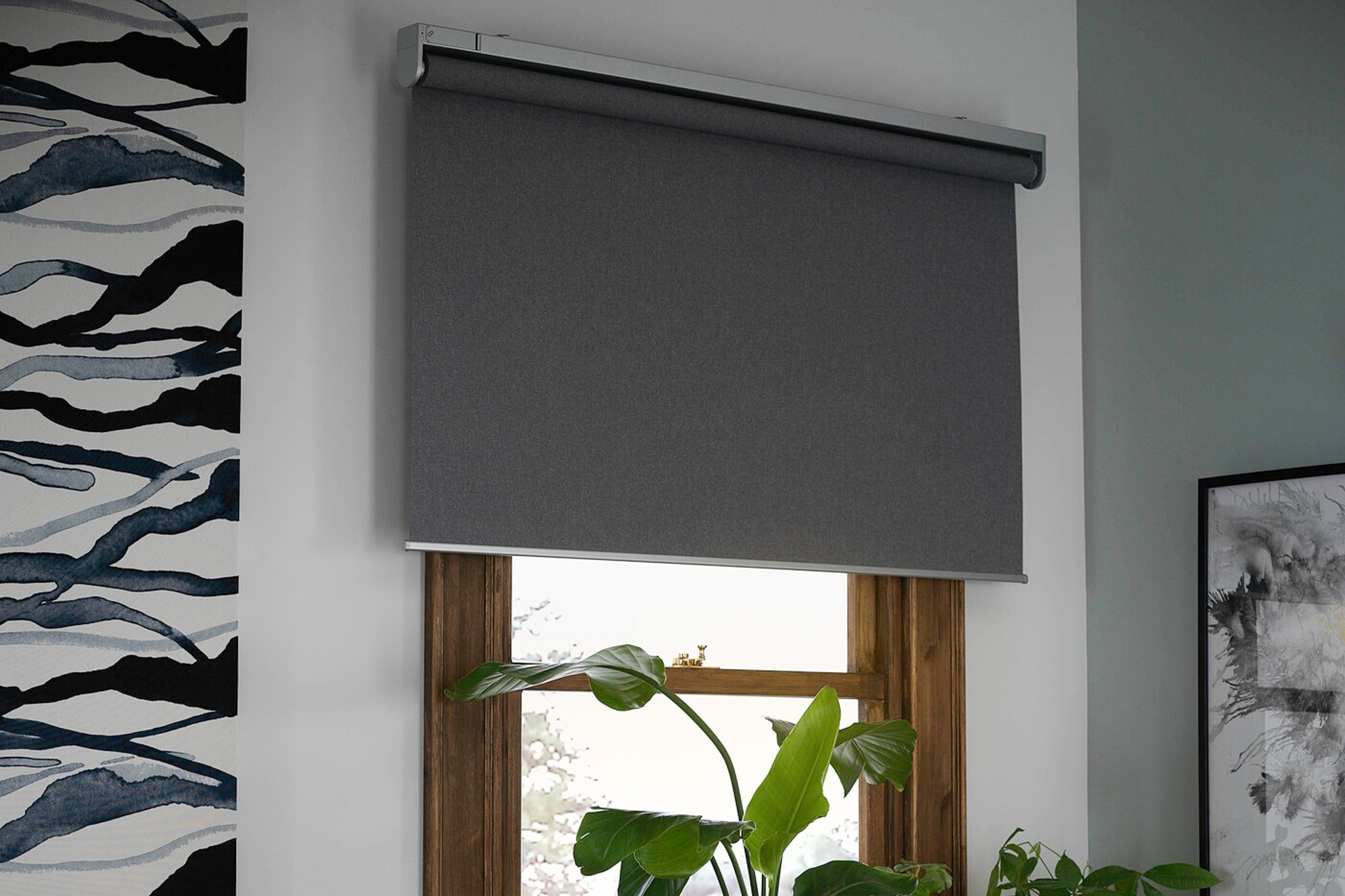

Ideas and Tips
Smart Window Shade Fabric Selection: Light Filtering Options
Published: September 18, 2024
Discover the best light filtering fabrics for smart window shades. Enhance your home's aesthetics, energy efficiency, and privacy with our expert guide.
(Many of the links in this article redirect to a specific reviewed product. Your purchase of these products through affiliate links helps to generate commission for Storables.com, at no extra cost. Learn more)
When it comes to home improvement, one of the most overlooked yet crucial elements is window shades. These versatile window treatments not only enhance the aesthetic appeal of your home but also play a significant role in controlling light, maintaining privacy, and regulating energy consumption. Among the various components of window shades, the fabric selection is paramount. In this article, we will delve into the world of smart window shade fabrics, focusing on light filtering options that can transform your living space.
Understanding Window Shades
Before we dive into the specifics of fabric selection, it's essential to understand the different types of window shades available. The primary categories include:
- Roller Shades: These are the most common type of window shade. They consist of a single piece of fabric that rolls up onto a tube when raised.
- Roman Shades: Characterized by their foldable design, Roman shades offer a more elegant look and can be customized with various fabrics.
- Cellular Shades: Also known as honeycomb shades, these are made up of cells that trap air, providing excellent insulation and energy efficiency.
- Panel Glides: These shades consist of multiple panels that slide along a track, offering a wide range of light control options.
- Bamboo Shades: Made from natural bamboo, these shades are eco-friendly and provide a unique texture to your windows.
The Importance of Fabric Selection
The fabric you choose for your window shades is crucial for several reasons:
- Light Control: Different fabrics offer varying levels of light control, from sheer to blackout.
- Durability: The material should be able to withstand sunlight exposure and regular use.
- Aesthetics: The fabric's texture, color, and pattern can significantly impact the overall look of your room.
- Energy Efficiency: Some fabrics are designed to reduce heat transfer, helping to keep your home cooler in summer and warmer in winter.
Light Filtering Options
Light filtering is one of the primary functions of window shades. Here are some common light filtering options available in various fabrics:
1. Sheer Fabrics
Sheer fabrics are lightweight and allow a significant amount of natural light to enter the room while maintaining a soft, diffused glow. These fabrics are ideal for rooms where you want to maintain a sense of openness and brightness. Some popular sheer fabrics include:
- Cotton Voile: A lightweight cotton fabric with a soft, lacy texture.
- Linen: Known for its natural texture and breathability, linen is an excellent choice for sheer window treatments.
- Silk: While more expensive than other options, silk sheer fabrics offer a luxurious look and feel.
2. Semi-Sheer Fabrics
Semi-sheer fabrics offer a balance between light control and visibility. They allow more light than sheer fabrics but still provide some opacity. These are perfect for rooms where you need to filter out some sunlight but maintain a sense of openness.
- Cotton Twill: A versatile fabric with a diagonal weave that provides both durability and light filtering.
- Polyester Twill: Similar to cotton twill but made from polyester, offering better durability and easier maintenance.
- Rayon: A semi-synthetic fabric that mimics silk but is more affordable and easier to clean.
3. Light Filtering Fabrics
Light filtering fabrics are designed to block out direct sunlight while allowing diffused light to enter the room. These are ideal for rooms that receive direct sunlight during peak hours.
- Faux Silk: A synthetic fabric that mimics the look of silk but is more affordable and easier to clean.
- Microfiber: Known for its softness and durability, microfiber is an excellent choice for light filtering window treatments.
- Thermal Fabrics: These fabrics are designed to reduce heat transfer, making them perfect for energy-efficient homes.
4. Blackout Fabrics
Blackout fabrics are designed to block out all light, providing complete privacy and insulation. These are ideal for bedrooms, nurseries, or any room where you need complete darkness.
- Thick Cotton: A dense cotton fabric that provides excellent blackout properties.
- Polyester Blackout: A synthetic fabric specifically designed to block out light while maintaining durability.
- Vinyl Coated Fabrics: These fabrics have a vinyl coating that prevents light from passing through, making them highly effective for blackout purposes.
Additional Features to Consider
When selecting a fabric for your window shades, there are several additional features you should consider:
- UV Protection: Some fabrics offer UV protection, which can help prevent fading and discoloration of your furniture and carpets.
- Moisture Resistance: Fabrics that are resistant to moisture are ideal for bathrooms or kitchens where humidity levels are high.
- Fire Retardancy: Some fabrics are treated with fire retardants, which can be crucial in areas with high fire risk.
- Easy Maintenance: Fabrics that are easy to clean and maintain can save you time and effort in the long run.
Eco-Friendly Options
With the growing concern for environmental sustainability, eco-friendly options are becoming increasingly popular. Here are some eco-friendly fabrics you might consider:
- Bamboo: Bamboo is a highly sustainable crop that requires minimal water and pesticides to grow.
- Recycled Materials: Some manufacturers use recycled materials to create their fabrics, reducing waste and promoting sustainability.
- Organic Cotton: Organic cotton is grown without the use of synthetic pesticides or fertilizers, making it a more environmentally friendly option.
Customization Options
One of the best things about window shades is the ability to customize them according to your needs and preferences. Here are some customization options you might consider:
- Fabric Patterns: From simple stripes to intricate designs, fabric patterns can add a unique touch to your window treatments.
- Colors: Choose from a wide range of colors to match your home decor perfectly.
- Textures: Different textures like smooth, woven, or textured can enhance the aesthetic appeal of your window shades.
- Roller Tube Colors: The roller tube can be colored to match the fabric, creating a seamless look.
Conclusion
Choosing the right fabric for your window shades is a crucial decision that can significantly impact the functionality and aesthetic appeal of your home. By understanding the different light filtering options available in various fabrics, you can make an informed decision that suits your needs. Whether you prefer sheer fabrics for a light and airy feel or blackout fabrics for complete privacy, there’s a fabric out there that’s perfect for you.
In addition to light filtering options, consider factors like durability, ease of maintenance, and eco-friendliness when selecting a fabric. With so many customization options available, you can tailor your window shades to match your unique style and preferences.
By investing in high-quality window shades with the right fabric selection, you’re not only enhancing the beauty of your home but also improving its functionality and energy efficiency. So next time you’re shopping for window treatments, remember that the right fabric can make all the difference in creating a smart and stylish living space.
Was this page helpful?
At Storables.com, we guarantee accurate and reliable information. Our content, validated by Expert Board Contributors, is crafted following stringent Editorial Policies. We're committed to providing you with well-researched, expert-backed insights for all your informational needs.
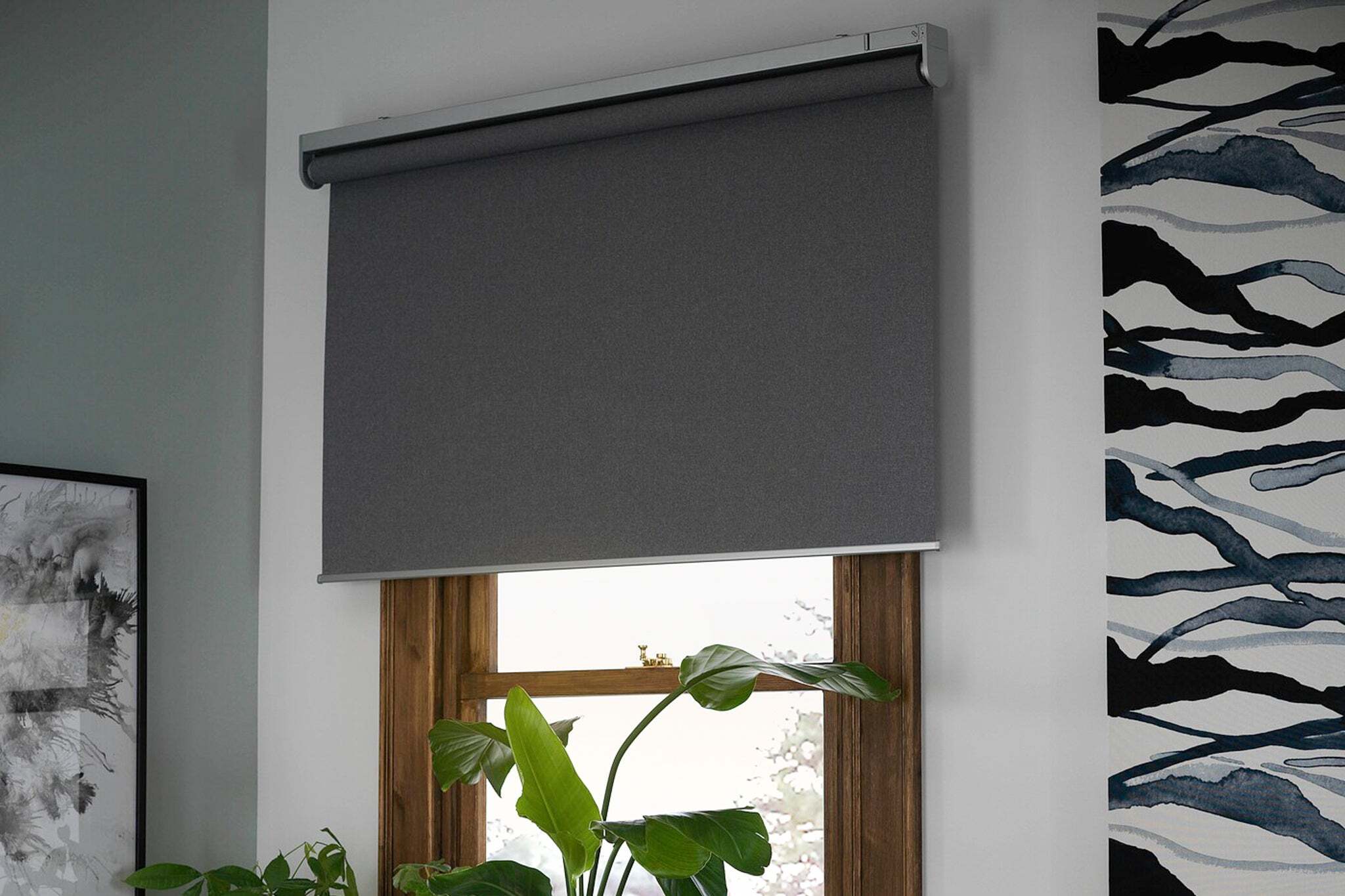
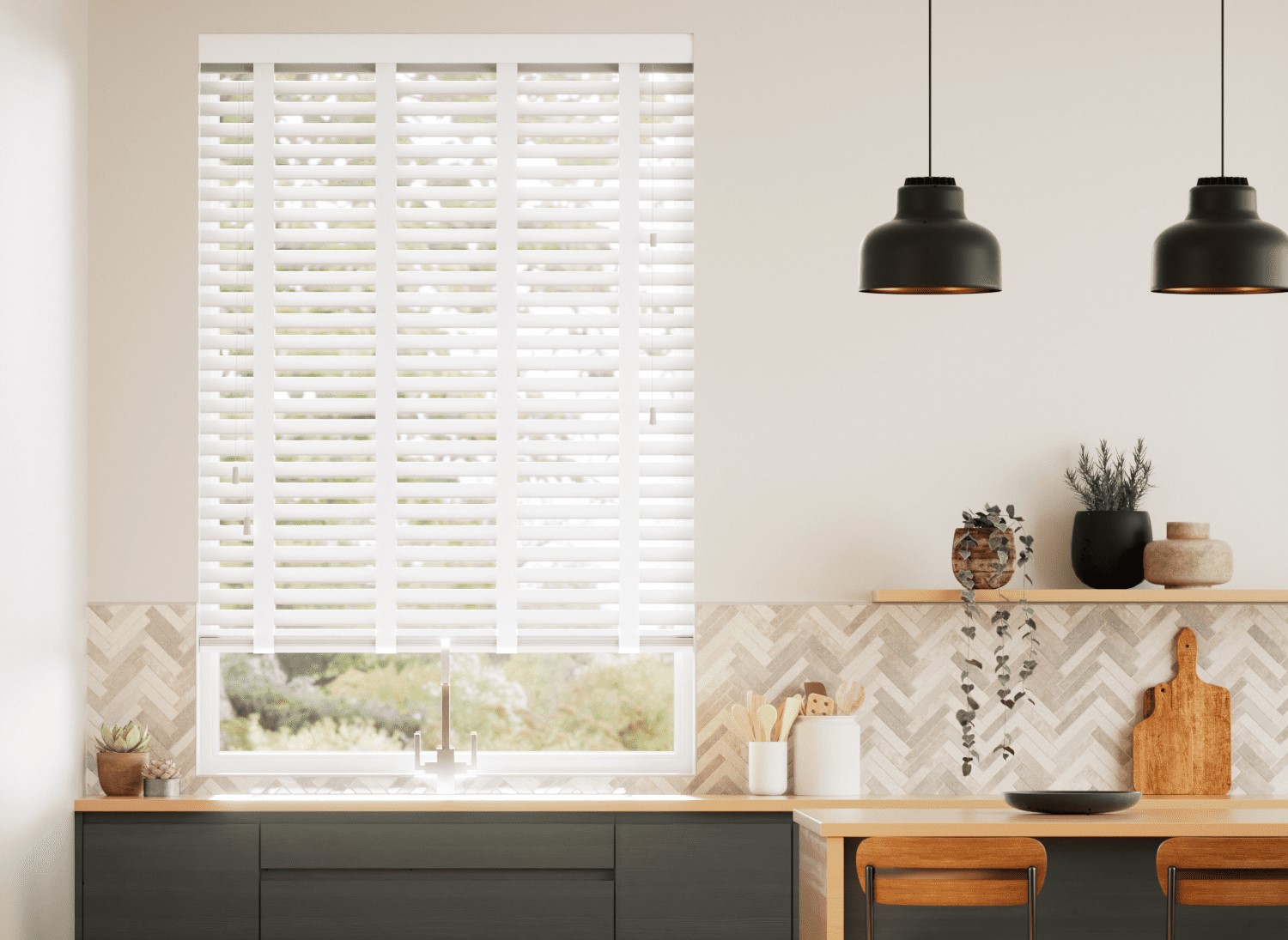

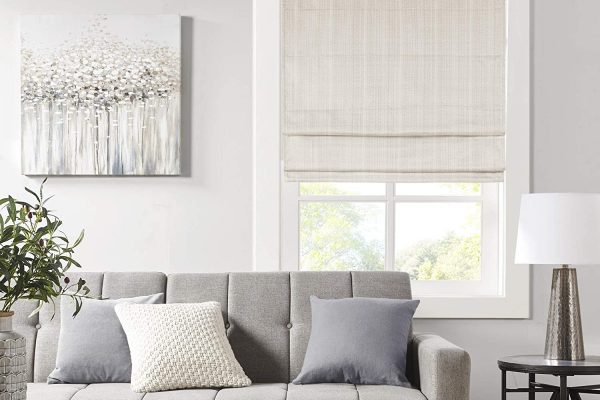
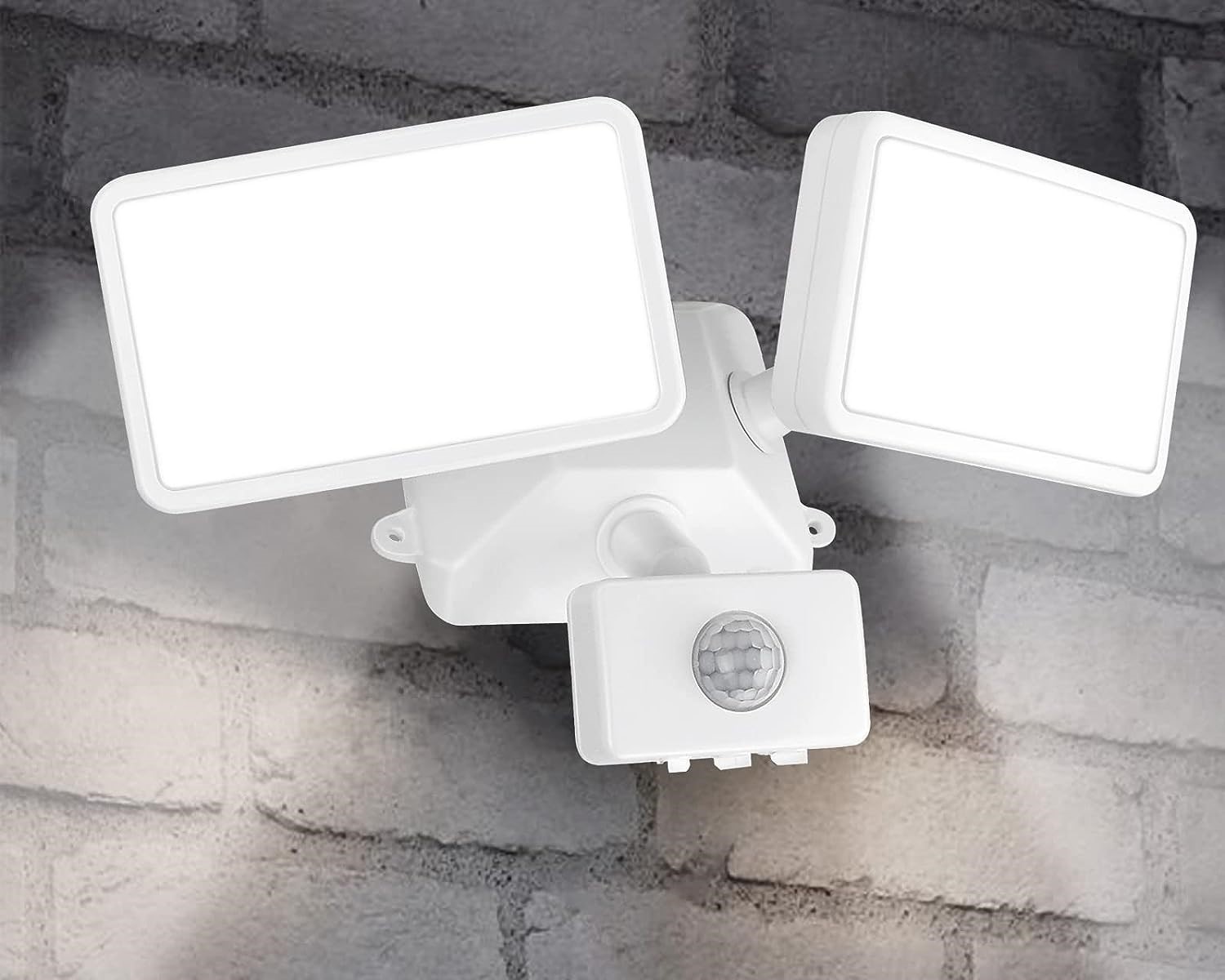
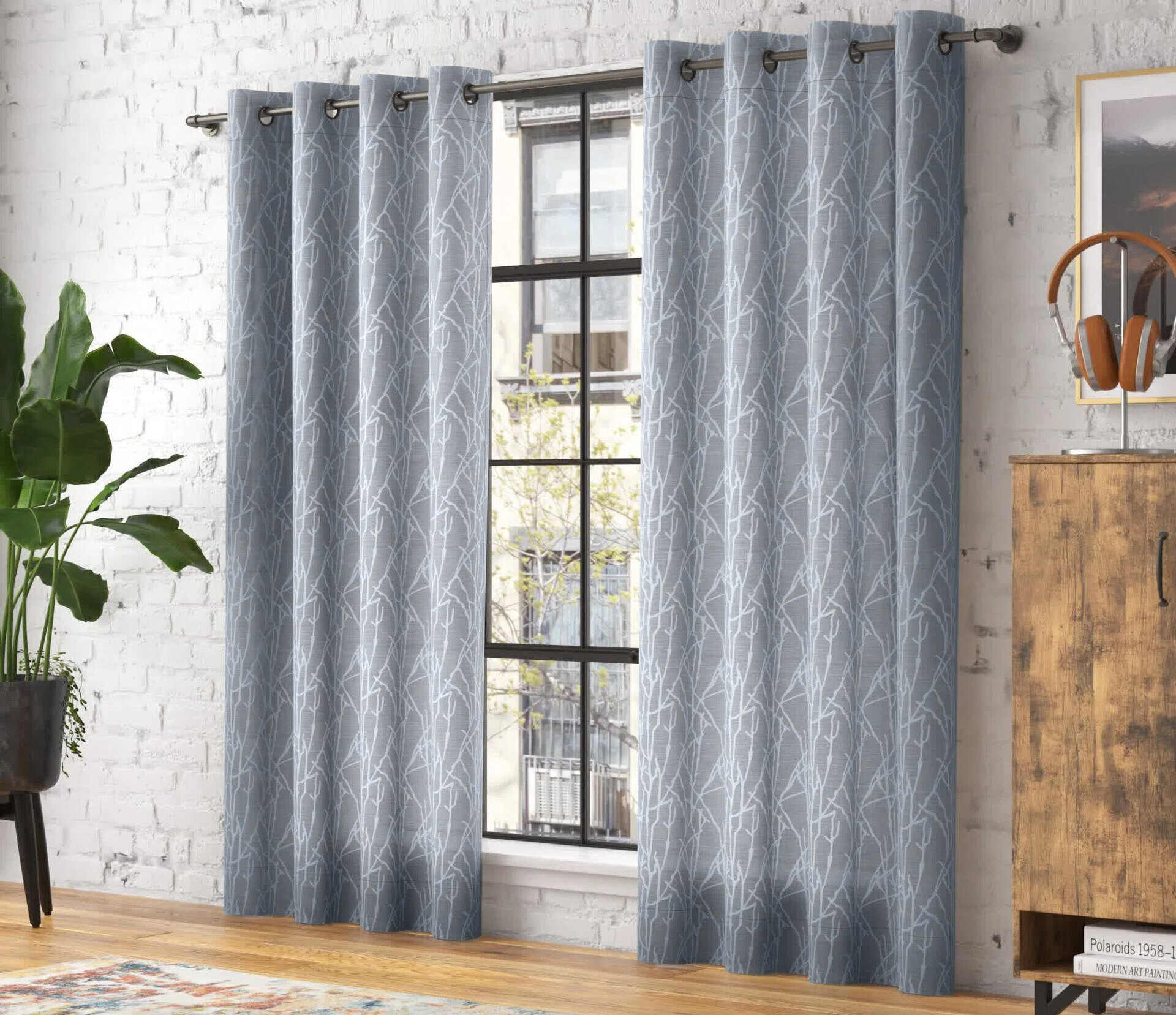
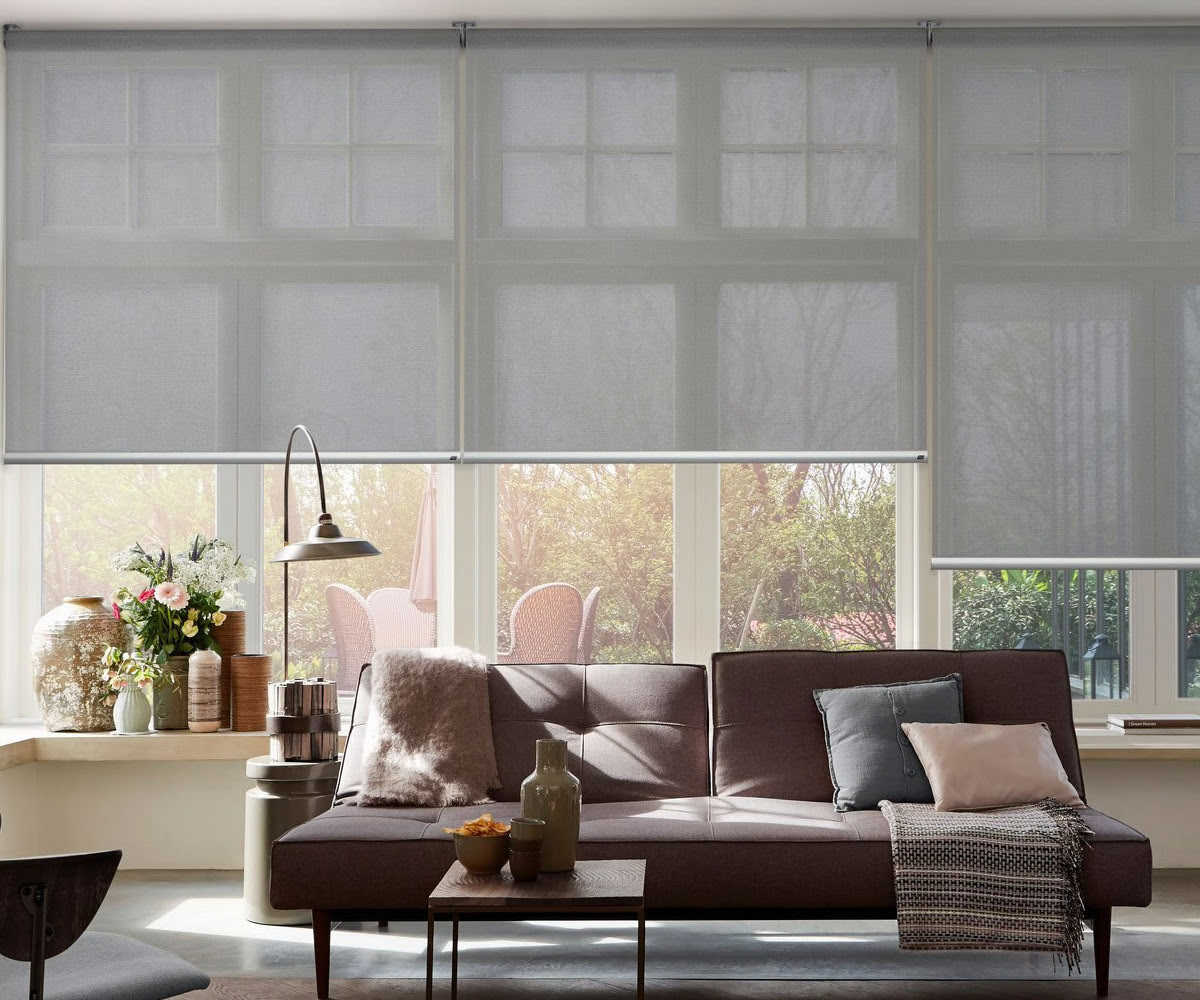

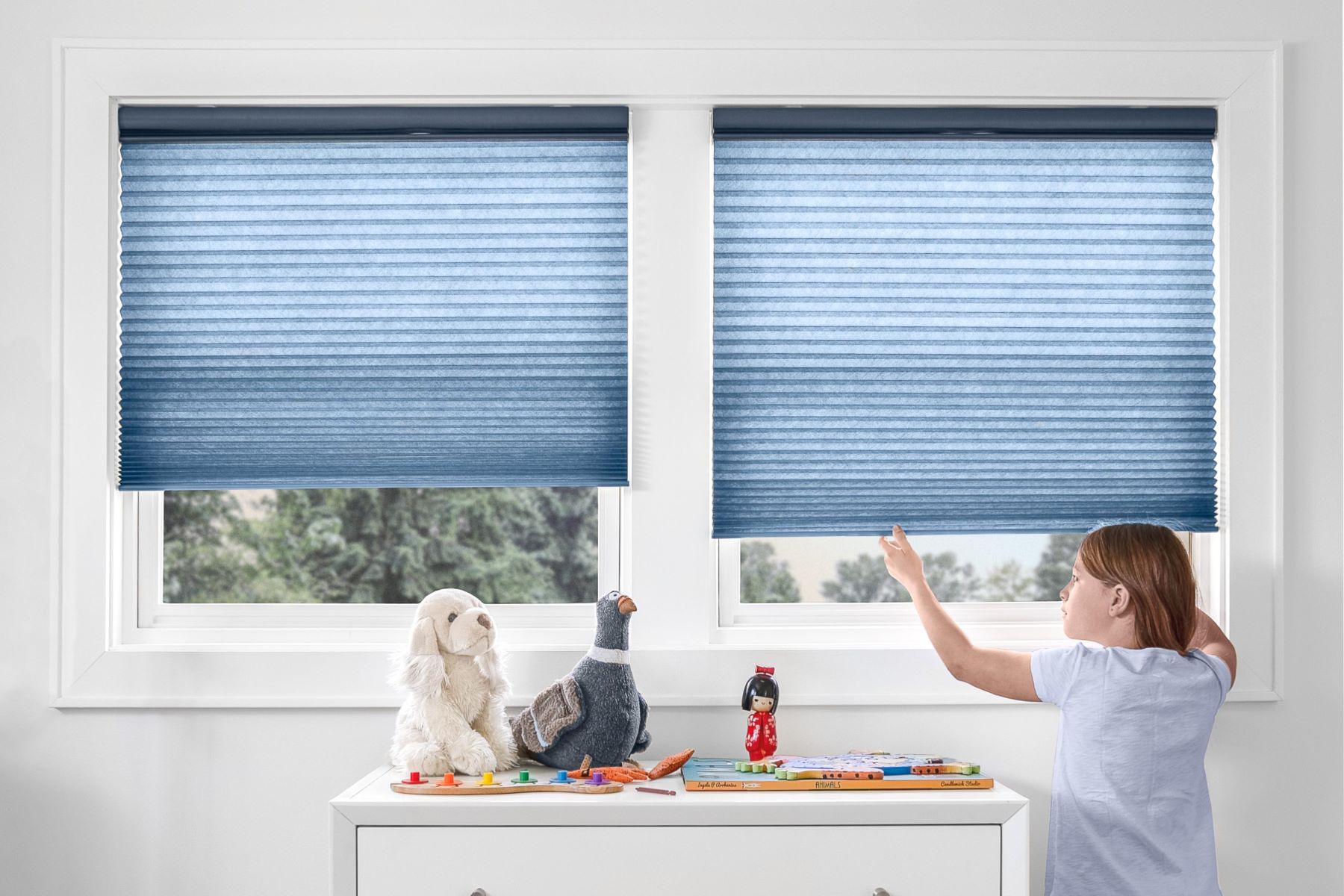
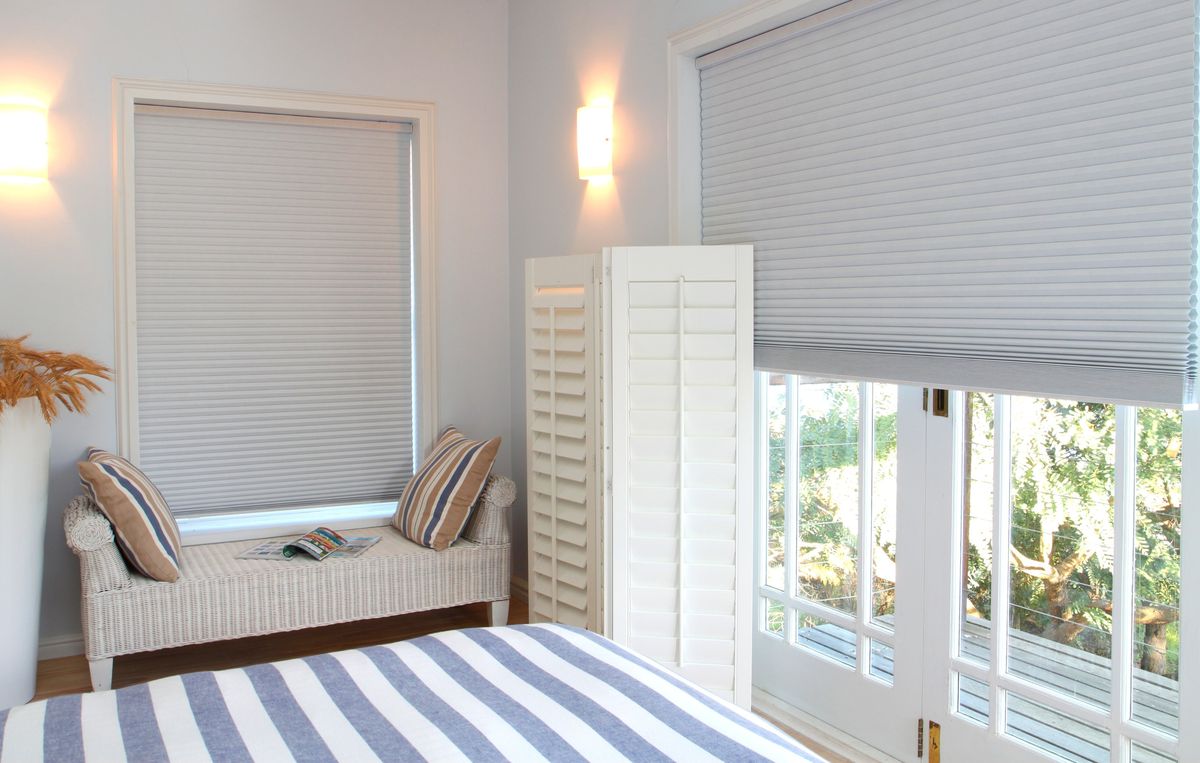
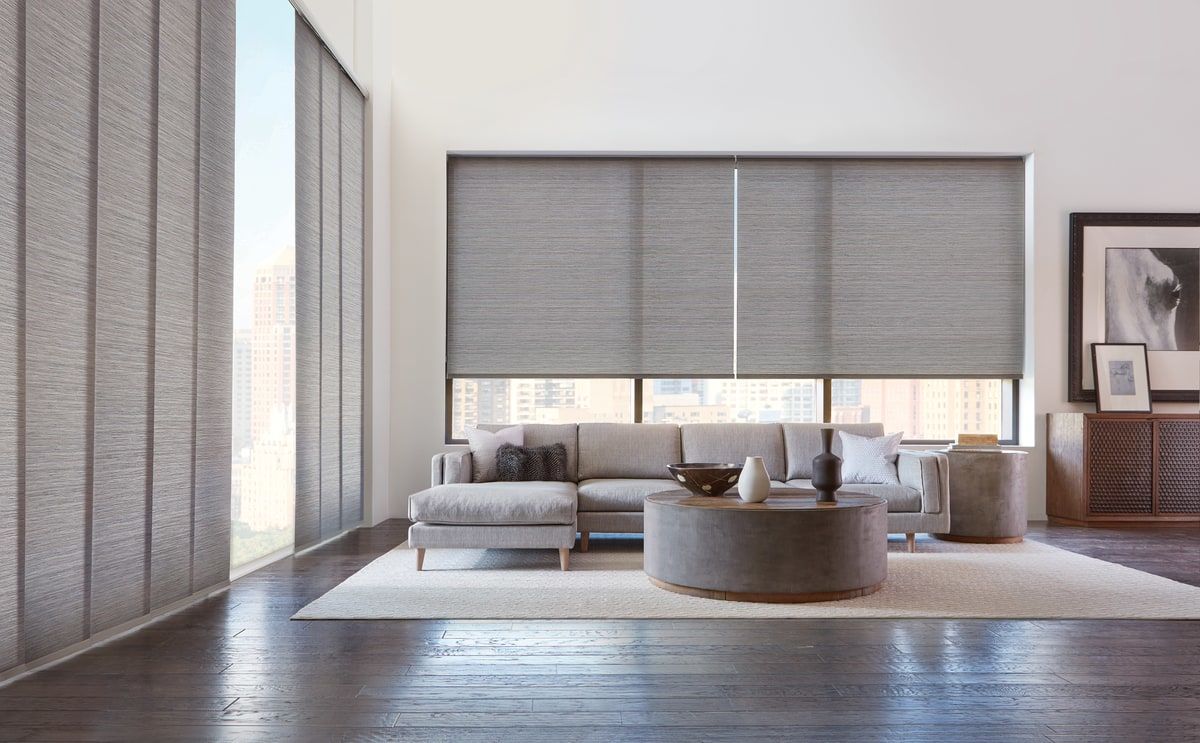
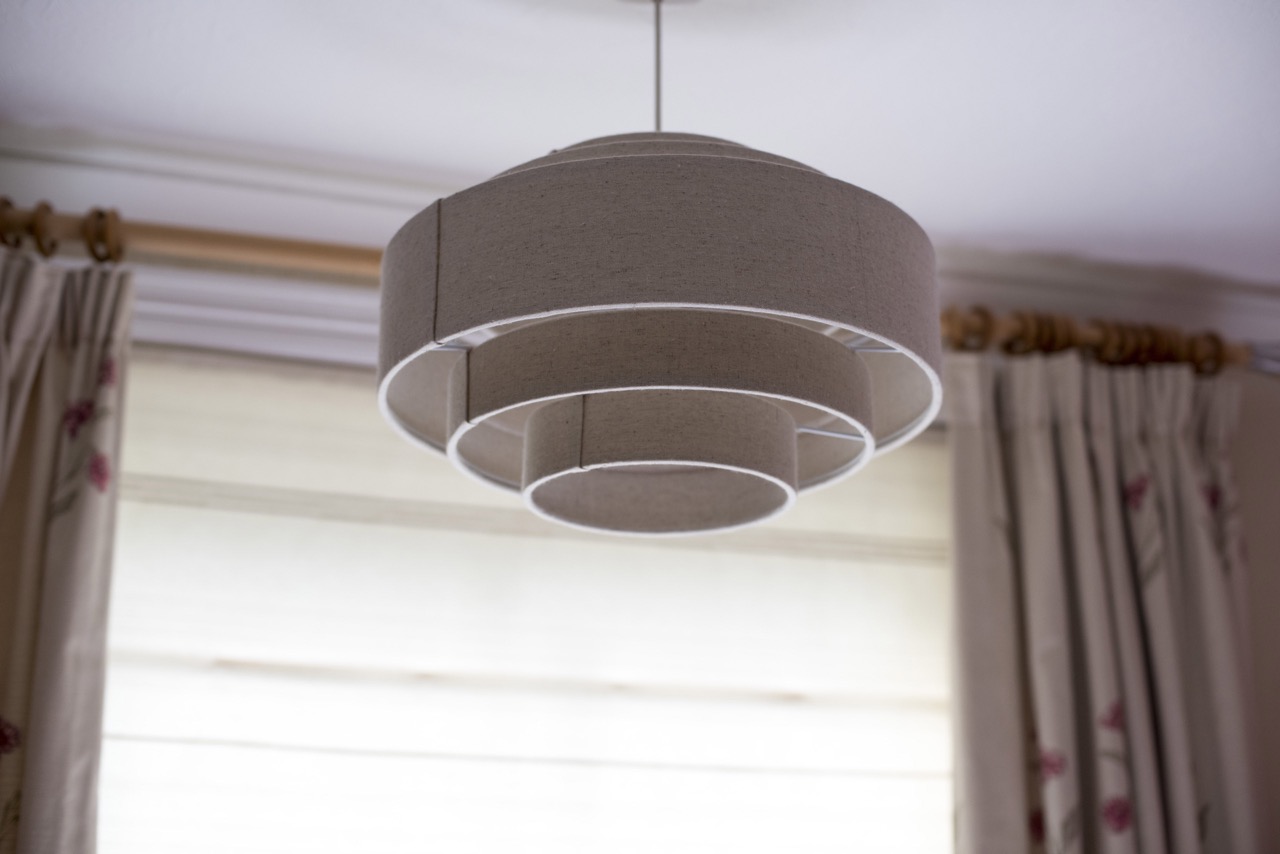
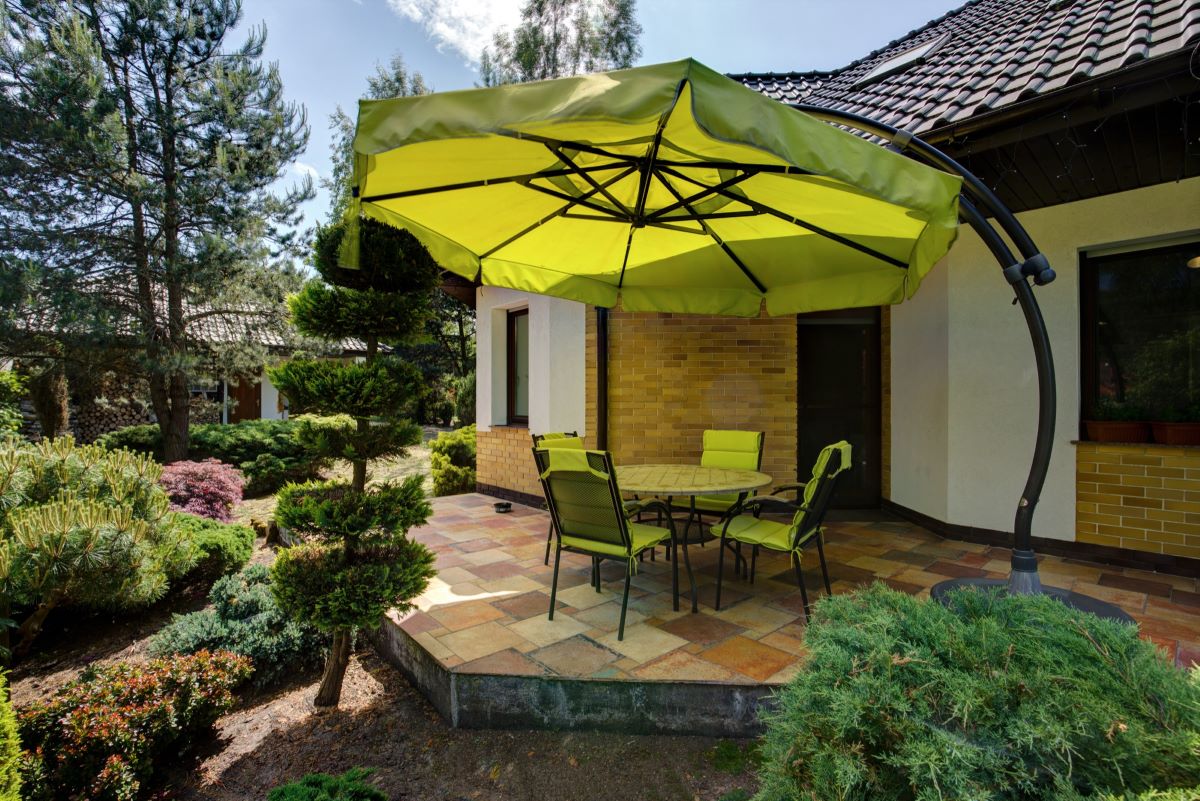
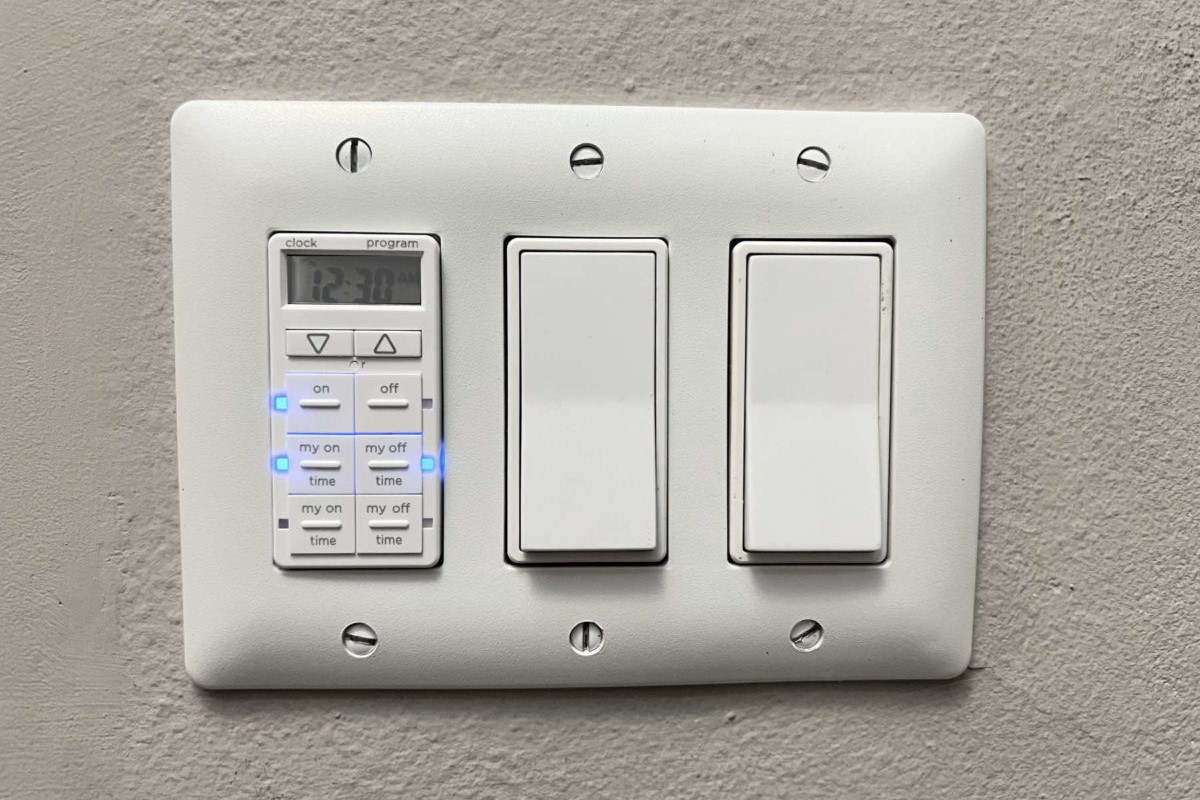

0 thoughts on “Smart Window Shade Fabric Selection: Light Filtering Options”